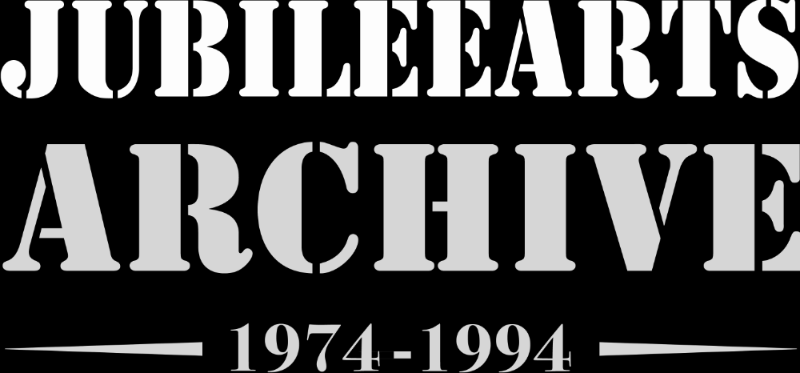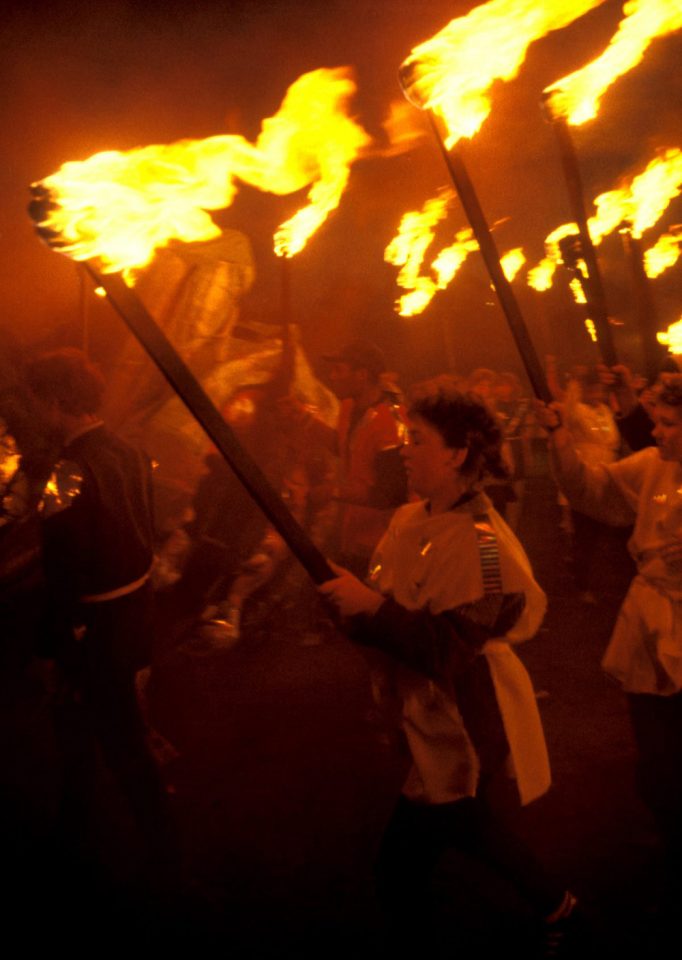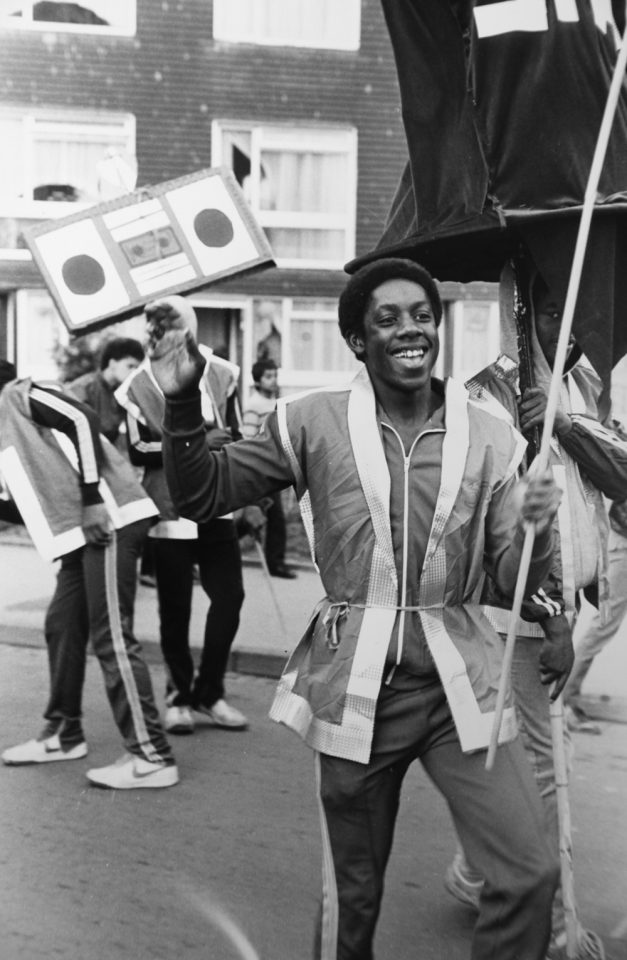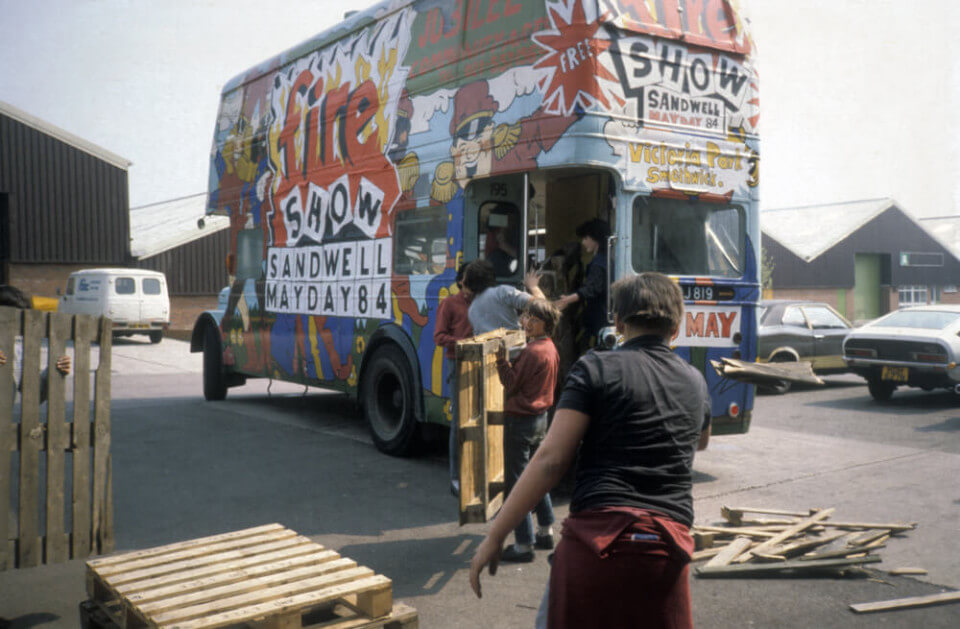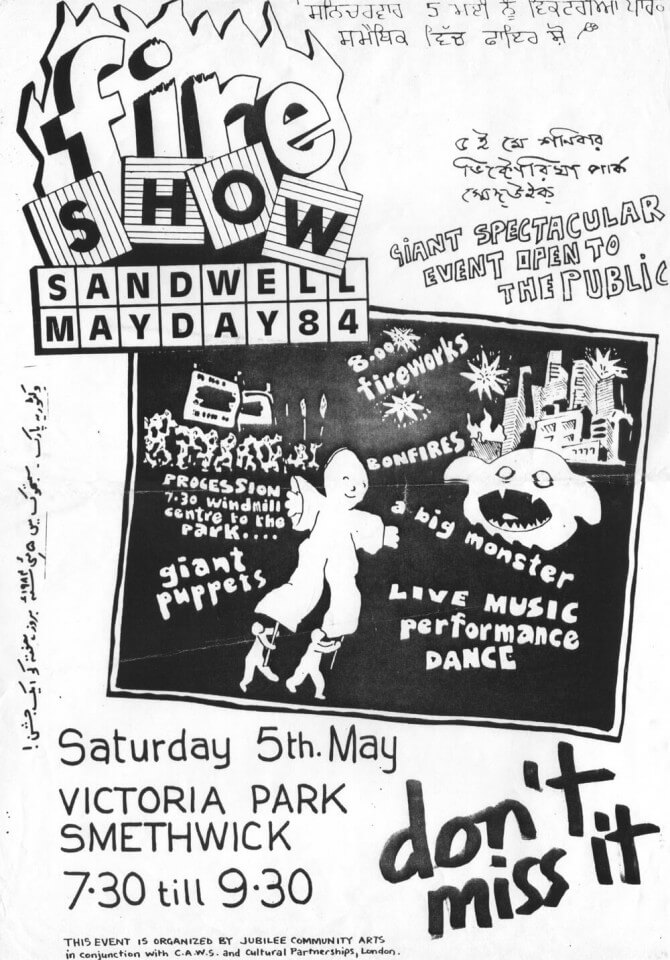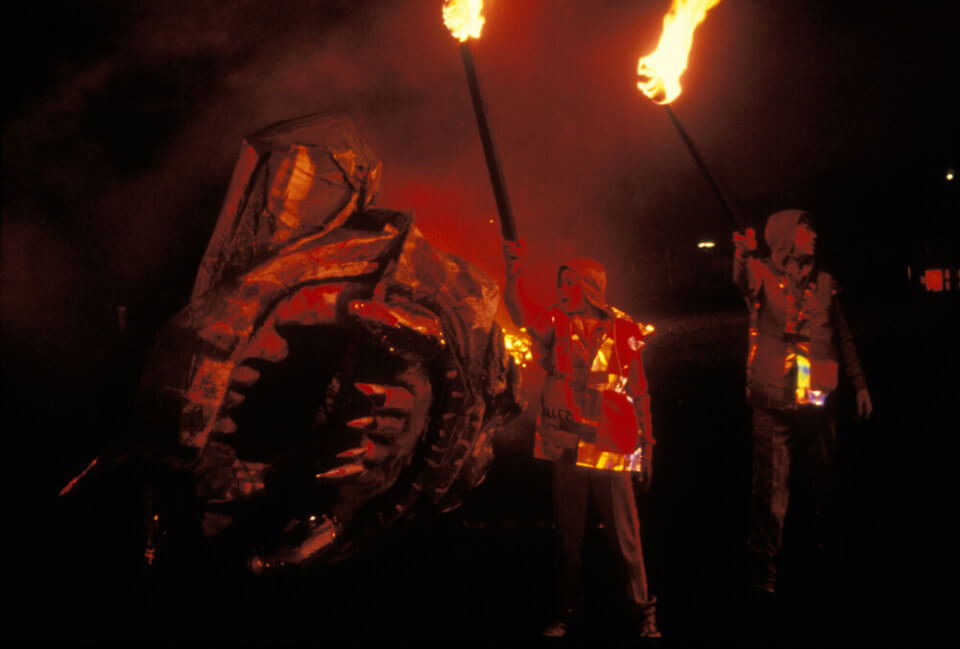Burning down the house. It was in 1560 that European chemists managed to make gunpowder as explosive as possible by experimenting with the ratios of the ingredients. The final proportion was set as follows: Saltpetre 75%; Charcoal 15%; Sulphur 10%. The Chinese named this black powder ‘huo yao’ – Fire Chemical. We might blame Marco Polo for exporting it to the West. The philosopher and Franciscan friar Roger Bacon (1214-1294) was one of the first Europeans to study gunpowder. He wrote ‘…if you light it you will get thunder and lightening if you know the trick…’ These tricks soon transformed the art of war. In search of better entertainments, in the 1830s Italian pyrotechnicians added colour to fireworks with chlorinated powder and metallic salts (strontium = red, barium = green, copper = blue, sodium = yellow). They found that by using potassium chlorate as an oxidiser, then hues became so much brighter. So began the development of fireworks as a particular art form.
One of the earliest community arts groups, Free Form Arts Trust, was founded in 1969 in London by three painters, Martin Goodrich, Barbara Wheeler-Early and Jim Ives. The group was originally called Visual Systems, but as they became noted for their Free Form Fun Events, which included elaborate fire shows with large puppetry style figures, they changed their name. Another influential group, Welfare State International, was founded in 1968 by John Fox, a lecturer at Bradford College of Art, Sue Gill with a dozen teachers and students. Their prototypes of fire shows, community lantern parades and site-specific celebratory events were copied globally.
In May 1984, Jubilee Arts worked with Cultural Partnerships from Hackney (a group whose members had recently split away from Freeform) to create a community fire show in Victoria Park, Smethwick. It was the first event of its kind in the Midlands. Instead of the traditional Green Man, who often appears ritually at Spring Festivals, participants in Sandwell had the Green Monster of Apathy and Depression to deal with. Constructions were made over the course of six weeks with various groups across the borough, then burnt to the ground in little over 60 minutes, in spectacular fashion, accompanied by a spectacular firework display and a 20 piece live band. Auto-destructive art.
A local break dance crew, the Smethwick Spades AKA The Crazy Spades, were an important part of the event, though the sight of a large group of young Black and Asian men carrying torches down the street with large puppets did cause consternation and confusion in some quarters. Only three years before, there had been outbreaks of serious rioting in Birmingham, Liverpool, London, Manchester and Leeds, mostly due to the disproportionate and indiscriminate use of ‘stop and search’ powers by the police against black people in inner city areas. There were phone calls to be fielded that night.
The night was declared a success, with hundreds of satisfied performers, an audience of over 5,000 people, and the Director of Recreation & Amenities – whose cooperation had been essential – leaning over the fence half way through to shout “Well done! I didn’t think you’d pull it off!’
